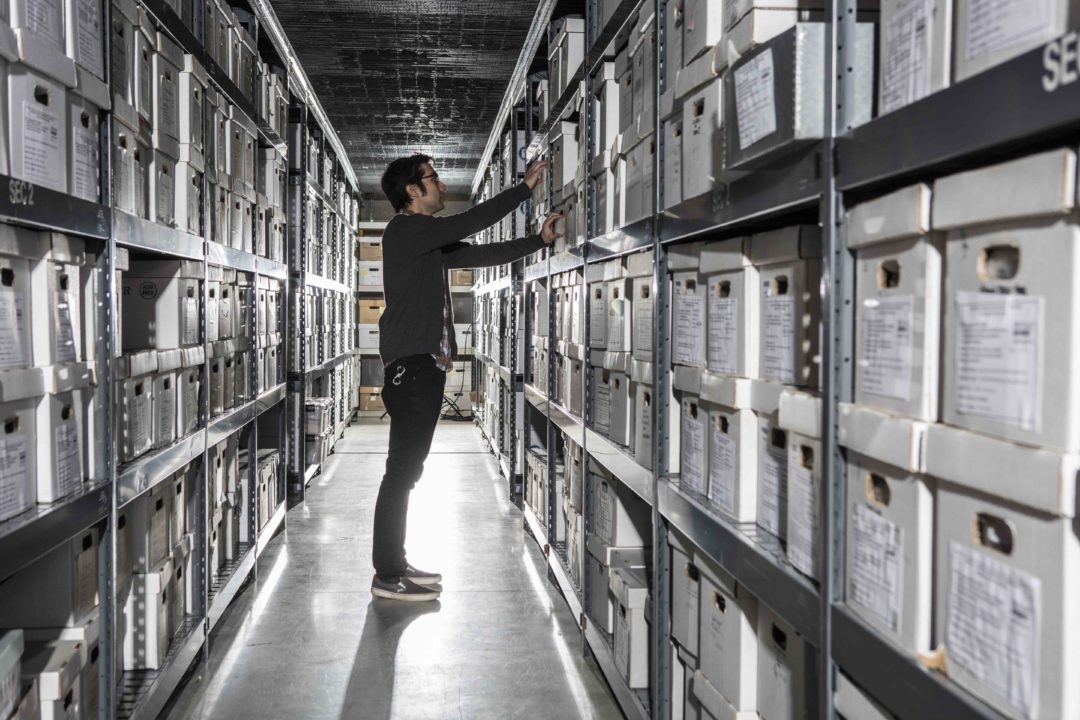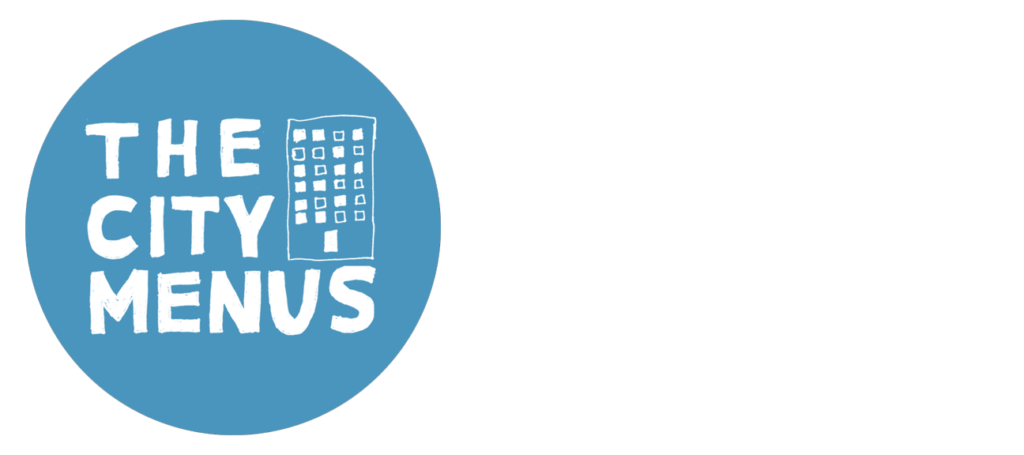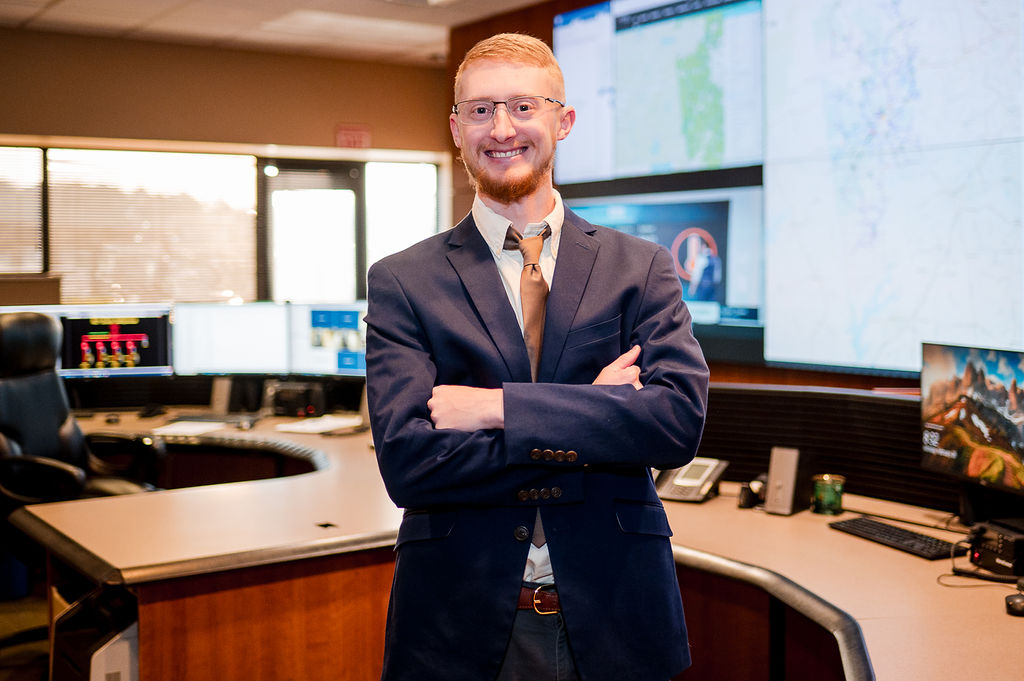
They’ve been digging up artifacts at the Waring Lab for 25 years.
Children from all over the region have come to the University of West Georgia on field trips to dig in the mock excavation pit at the Antonio J. Waring Jr. Archaeological Lab.
The Waring Lab recently held its annual open house to coincide with the 25th anniversary of opening its doors in 1993. Guests were treated to tours of the newly renovated building, artifact exhibits, Native American games, flint-knapping demonstrations and the always-popular mock excavation pit.
Named to honor the late Dr. Antonio J. Waring Jr., the Waring Lab and its facilities are dedicated to research and experiential learning, not only for UWG’s anthropology faculty members and students but for visiting scholars from across the United States as well. Waring’s contributions to the field of southeastern archaeology were influenced by notable archaeologists working in Georgia through the Work Projects Administration (WPA) in the late 1930s.
In 1938, Waring worked under Joseph R. Caldwell at Irene Mound in Savannah, and in 1949, he worked under William H. Sears at Kolomoki in southwest Georgia. He also worked with Dr. Lewis H. Larson at the Sapelo Island Shell Ring. Larson later came to UWG in 1971 to work in archaeology. He was then appointed Georgia’s first state archaeologist in 1972.
Larson was instrumental in the building of an archaeological lab after funds were provided by the Waring family. The lab was named for Dr. Antonio J. Waring Jr. in 1993.
Serving as a repository for the university’s research collections, as well as those from state and federal agencies and from collections of private archaeological firms, the Waring Lab provides learning and research opportunities for UWG students. In addition, its outreach programs have touched many within the local community.
“We hope to generate exciting and engaging ways for students to learn about Georgia’s archaeological past,” said Andrew Carter, curator of collections. “Knowing what archaeologists do and why they do it is so important in understanding the need to take care of archaeological finds.”
As one of few facilities of its type in Georgia, the lab is designed to meet academic needs and federal standards for the curation of archaeological collections.
The lab is divided into specific areas, the largest being the area dedicated to the curation and shelving of artifacts. A research area, including specialized maps, computer, photography and microscope stations, and other resources, is maintained to support the research of faculty, students and visiting scholars’ short-term projects.
“Much of our day-to-day work is in the curation and processing of items,” Carter explained. “We have roughly 5,600 cubic feet of archaeological material from all of Georgia and the southeast, so the research opportunities here are great.”
Before the Waring Lab was built, the archaeology department was housed in Martha Munro Hall, with materials stored in basements of other campus buildings.
“It was not a good set-up,” said Dr. Karl Steinen, retired professor of anthropology and a former director of the Waring Lab. “The building of the Waring Lab made a significant impact, giving us much-needed space to work and state-of-the-art equipment to work with. It took us to a prominent position in the world of southeastern archaeology.”
Much of the material that is housed in the lab provides experiential, or hands-on, learning and research opportunities for faculty, students and visitors.
“Having lectured and worked in the field for 36 years, I’ve seen this facility as a true benefit,” Steinen concluded. “The more you get your hands on the material, the more you’re going to learn and the better you’re going to be in that profession.”





